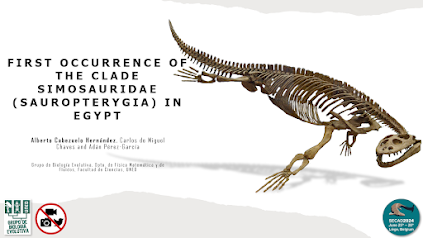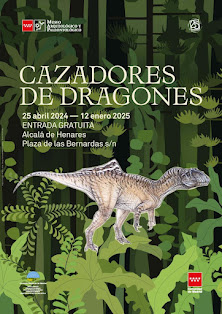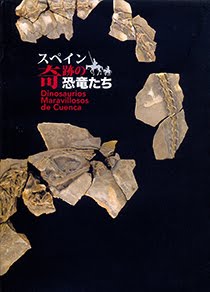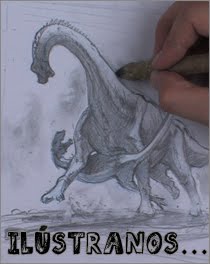Miembros del Grupo de Biología Evolutiva de la UNED han presentado durante la 10ª edición de la SECAD (SECondary ADaptation of tetrapods to life in water), celebrada en esta ocasión en la ciudad de Liège (Bélgica) durante los días 25 a 28 de junio, el trabajo titulado “First occurrence of the clade Simosauridae (Sauropterygia) in Egypt” como comunicación oral. En esta comunicación se ha presentado el primer registro del grupo de sauropterigios Simosauridae en Egipto, consistiendo en varios restos vertebrales aislados. A continuación, os dejamos el resumen perteneciente a este trabajo:
Simosauridae is a group of nothosauroid sauropterygians known from the uppermost Anisian or the lowermost Ladinian (Middle Triassic) to the Carnian (Late Triassic), having been recognized in both Europe and the Middle East. The group is relatively well characterized based on European specimens, where the type species, i.e. Simosaurus gaillardoti (from the Ladinian of France and Germany), and the recently defined Paludidraco multidentatus (from the Carnian of Spain) are known. In addition, material of simosaurids of undetermined generic and specific attribution from several European Ladinian and Carnian outcrops have also been documented. Not only isolated simosaurid bones are recognized in this continent, but also partial and even relatively complete skeletons. By contrast, the group is poorly represented in the Middle East, where it is known by scarce isolated cranial and postcranial remains, from the uppermost Anisian or the lowermost Ladinian of Saudi Arabia and Israel, most of the remains coming from the latter country. The Middle Triassic deposits of Araif El-Naqa, in Egypt, have yielded several sauropterygians remains, so far attributable to the placodont taxa Psephosauriscus sinaiticus and the problematic ‘Psephosauriscus rhombifer’, as well as unpublished material referred as attributable to indeterminate nothosaurs. Here, we report the first occurrence of the clade Simosauridae in Egypt. Its systematic and paleobiogeographical implications are discussed.
-----
Más información:
- Imagen: Portada del trabajo presentado el 28/06/24 durante la 10ª edición de la SECAD.
- Referencia: Cabezuelo Hernández, A., de Miguel Chaves, C., Pérez-García, A. 2024. First occurrence of the clade Simosauridae (Sauropterygia) in Egypt. Abstract book of the 10th SECAD, June 25th-28th, Liège (Belgium), p.26.











































- Síguenos en Twitter
- "Síguenos en Facebook
- RSS
Contacto